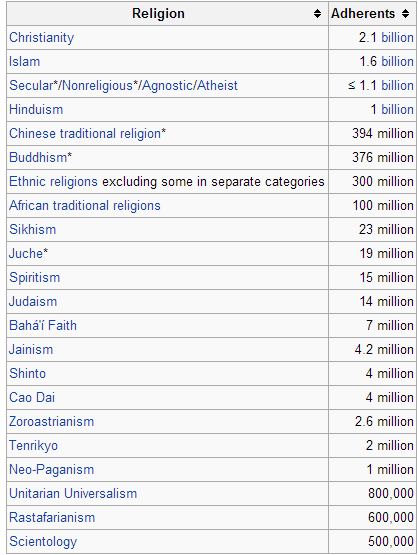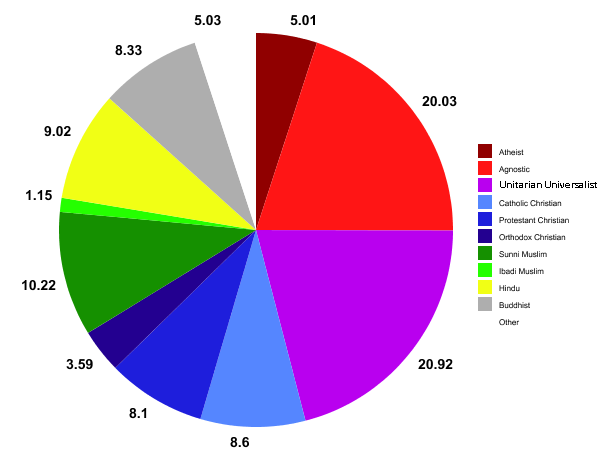
The most common of these is paganism with close to 74,000 adherents in England and Wales including three of every 1,000 residents in Ceredigion, Cornwall, Somerset, Isle of Wight, Powys and Gwynedd. That’s more than a third of the population of England and Wales, up from a quarter just a decade ago.Īlmost all local authorities have registered an increase in the proportion of those stating no religion, with more than half of the population of 10 councils saying they are not religious.Īlthough small – 0.6% of the population in England and Wales – the number of people in the “other religion” category (a religion other than Christian, Buddhist, Hindu, Jewish, Muslim or Sikh) grew by more than 100,000 in the decade between the last two census cycles. 'If recent trends in switching changing one's. While all the other major religions witnessed increased numbers, the deficit in those identifying as Christians was comfortably surpassed by the increase of 8.5 million who stated no religion, rising to 22.2 million. Canadian census-based demographic research on religious affiliation in Ontario shows a. The study found that Christians accounted for about 90 of the population 50 years ago, but as of 2020 that figure had slumped to about 64.

More than 700,000 people indicated that they undertook voluntary work, and of those, nearly 300,000 people volunteered in a sporting organisation. Shint was traditionally intertwined with the functions of the Japanese state, while the broader populace has been influenced by an unorganized Folk Shint (Minzoku Shint), related to but not. The proportion of the population who identified Roman Catholic as their religion fell from 79 in 2016 to 69 in 2022. Instead, several religious and quasi-religious systems exist side by side.

Some 3,515,861 Irish residents now describe themselves as Catholic, with the total. The General Social Survey found 29 percent of Americans claiming no religion in 2021, up from 23 percent in 2018 and 5. This means that 14 of Irish residents now tick the no religion box on the census form, up from 9.8 in 2011.

The core of the belief, despite the glaring differences between Protestants, Catholics, and Orthodox, revolves around the 1st-century figure that is Jesus of Nazareth. There is no single dominant religion in Japan. Religious scholars consider NORC the gold standard of surveys on faith. At well over 30 of the global population, Christianity is a religion that resonates with over 2 billion believers. The number of people identifying as Christian dropped by 5.5 million in the past decade. Japanese religion, the religious beliefs and practices of the Japanese people.


 0 kommentar(er)
0 kommentar(er)
